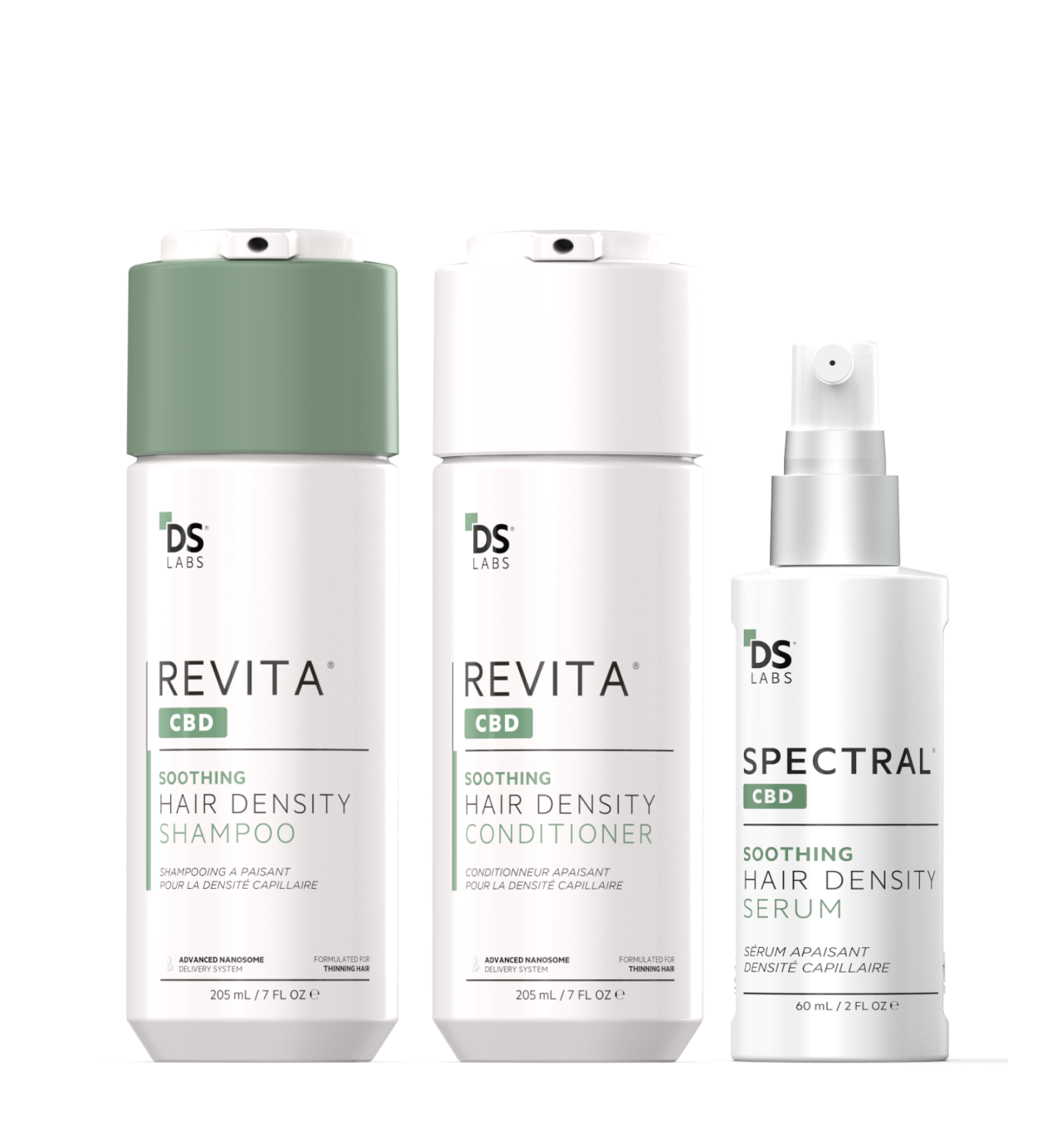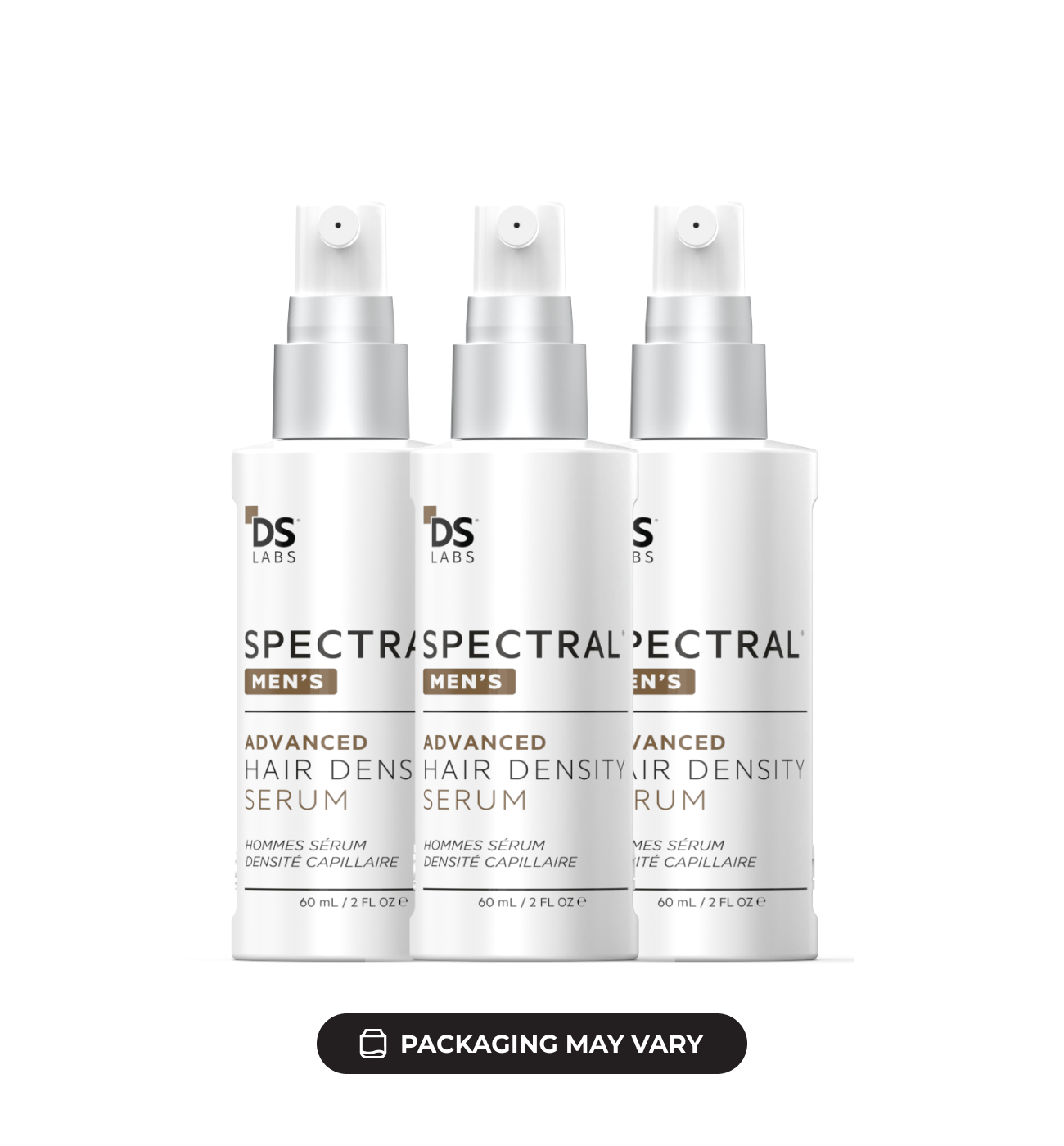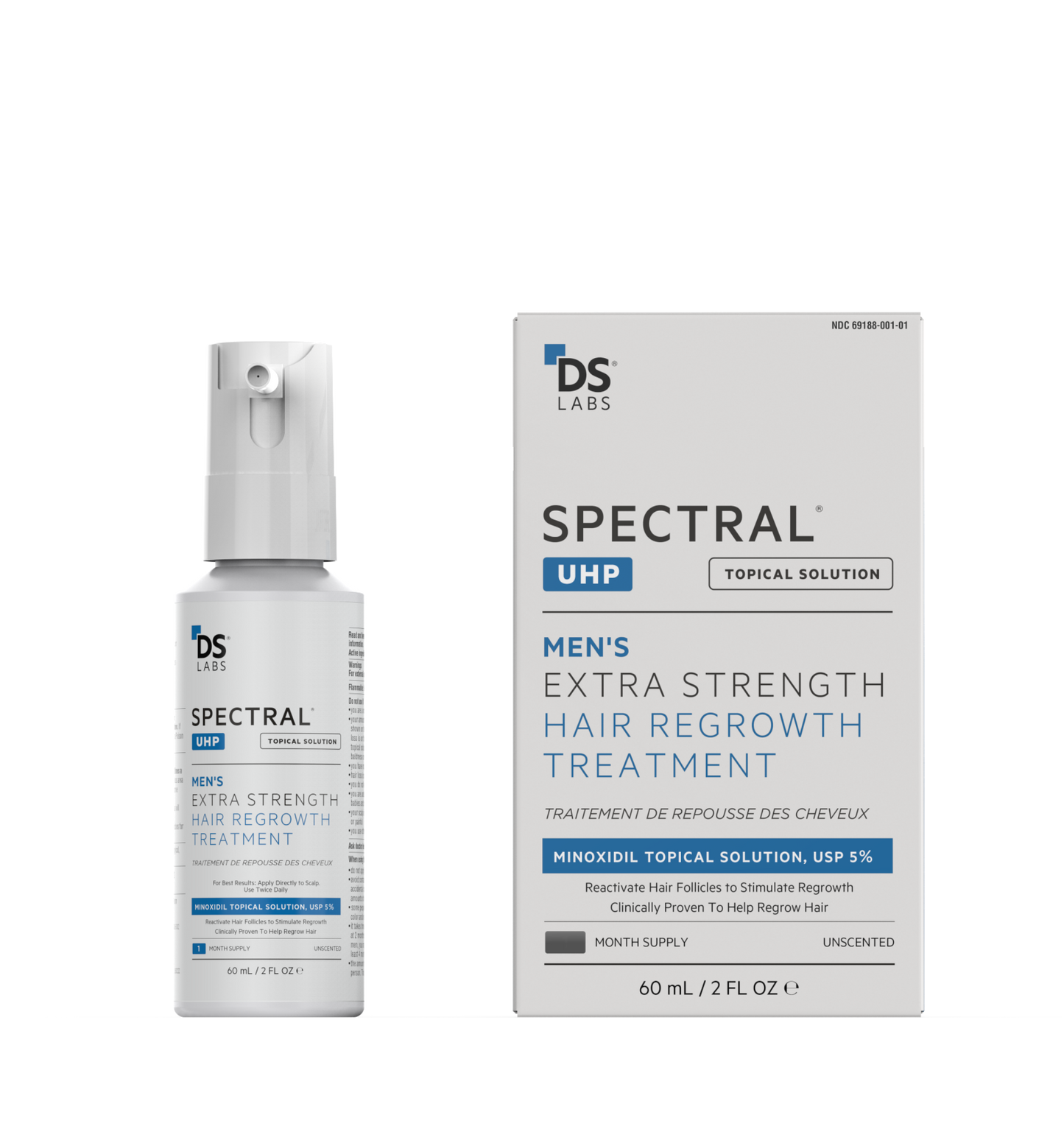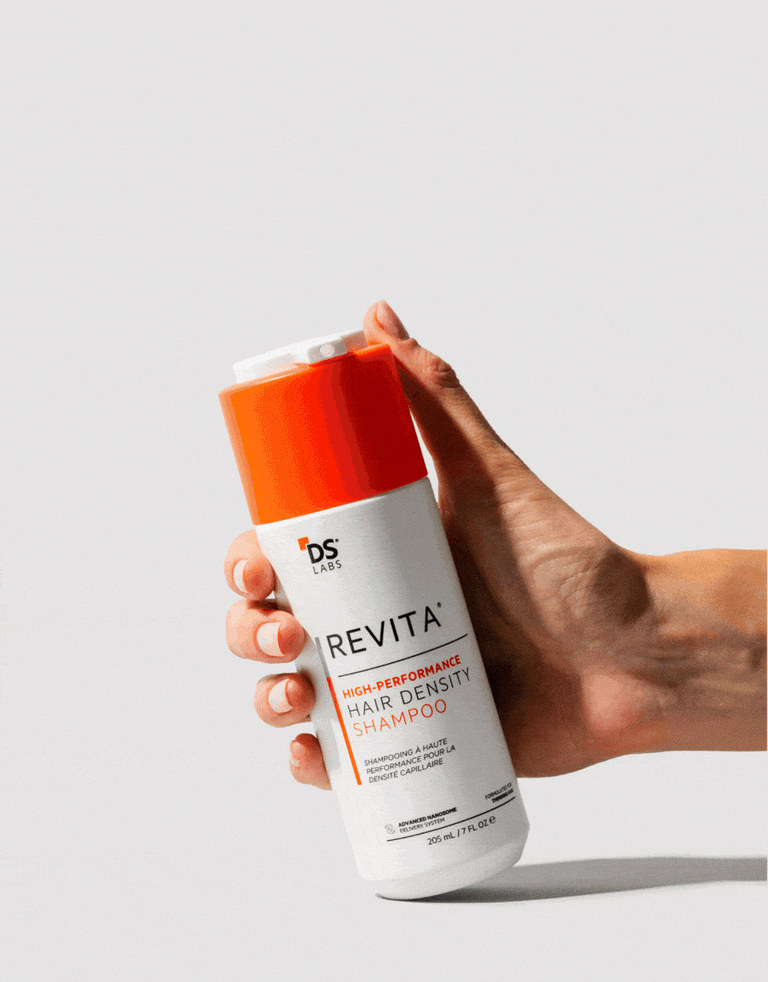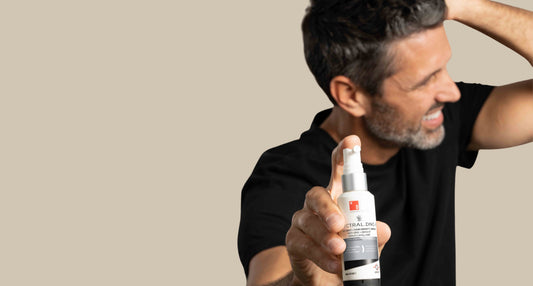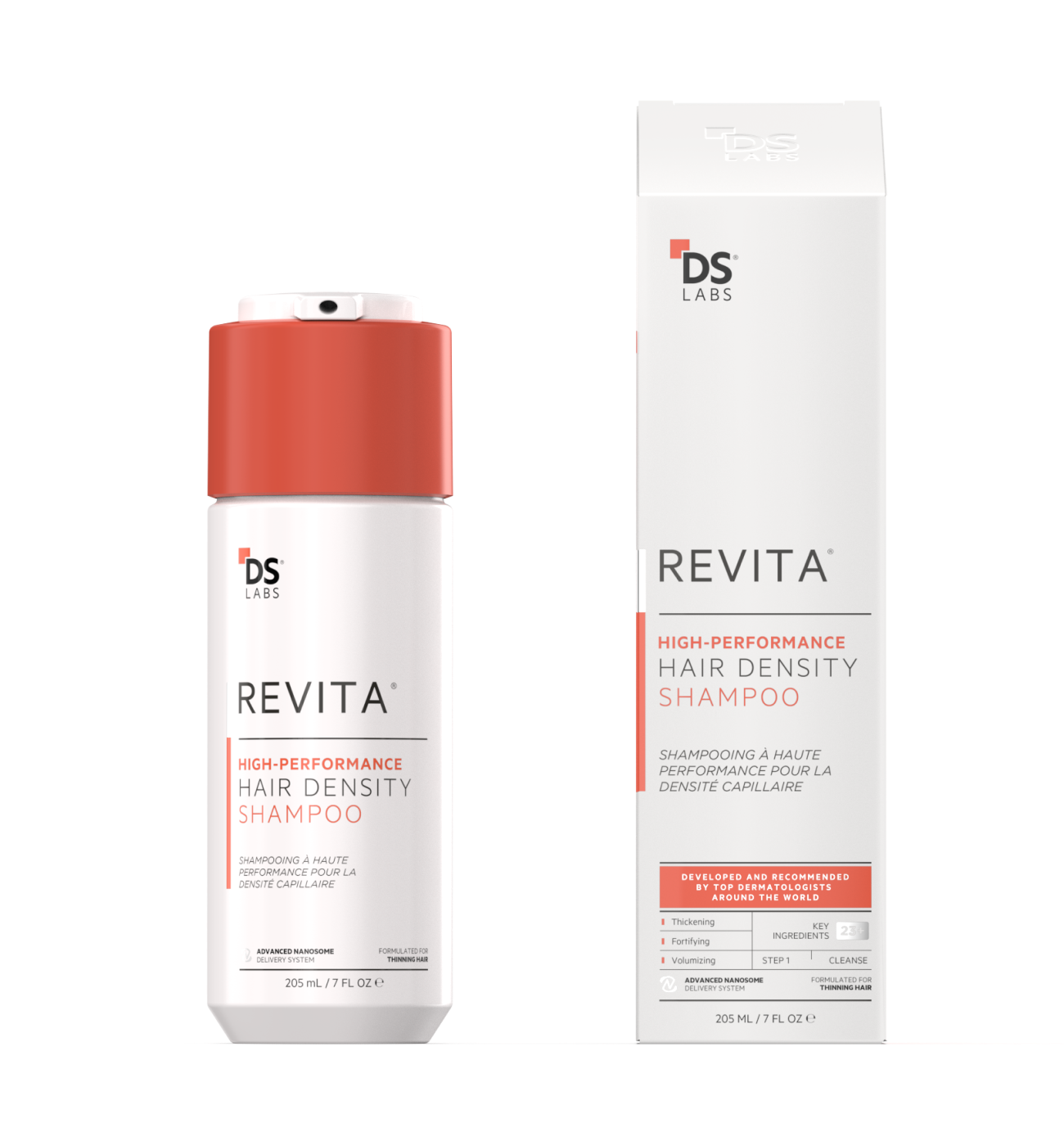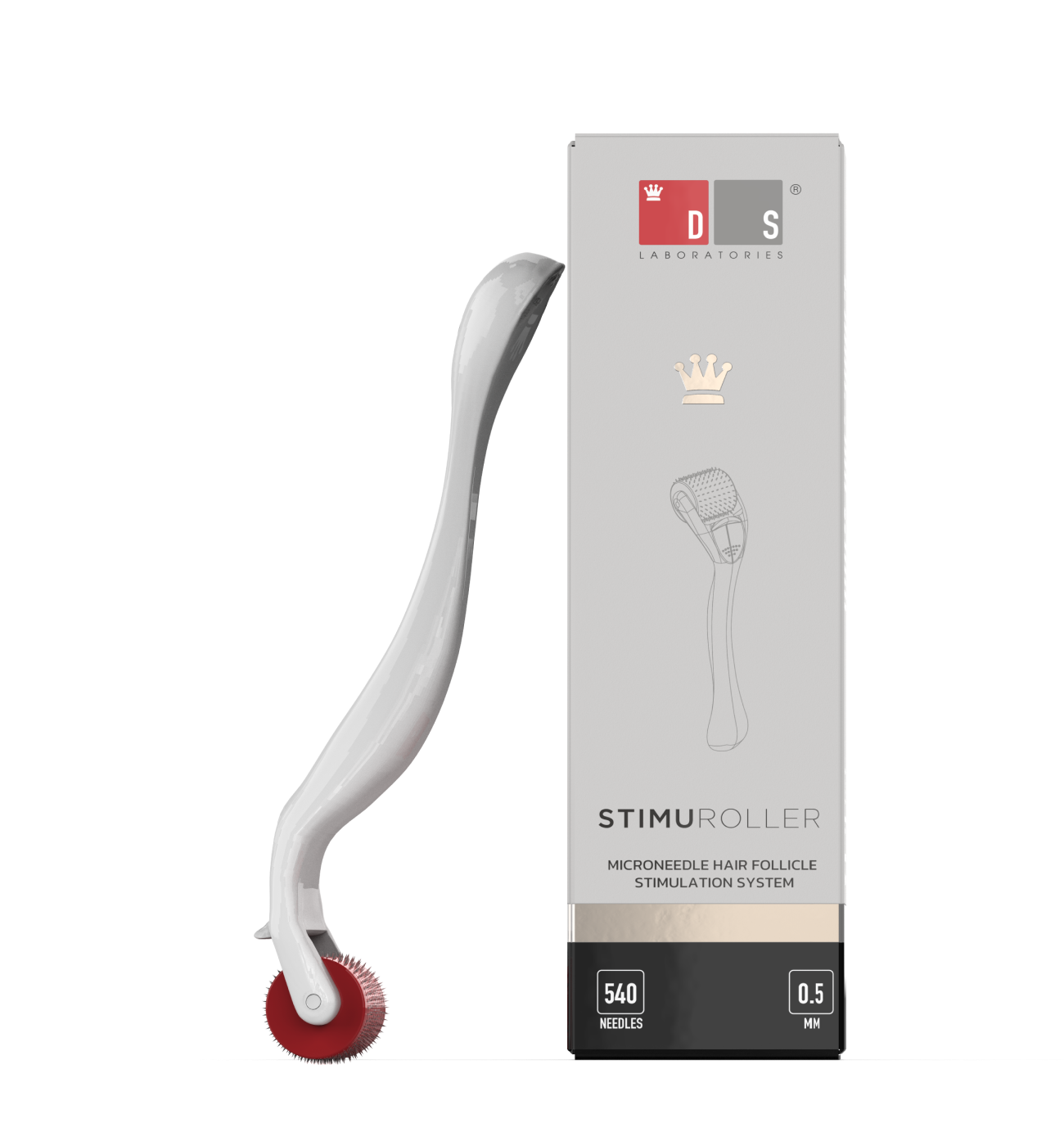Have you been experiencing hair thinning or hair fall or are suffering from male pattern baldness? A hair transplant can be a wonderful long-lasting solution. It can restore the texture, thickness, and overall look of your hair for a fuller crown.
While it’s a great confidence booster for those suffering from permanent hair loss, its effects are largely dependent on proper aftercare.
What Can You Expect Post-Op?
Hair transplant is done by creating micro-incisions with a needle, which can compromise the treatment area.
Patients receiving hair transplants will very likely have some tenderness and mild soreness on the scalp for a couple of days following surgery. They will also notice red scabs at the bottom of the transplanted hair shafts for about 7 to 10 days, but they should regain their normal appearance during the latter half of the second week after surgery. Itching may also occur, but this usually means that the area is healing nicely.
That said, post-op effects will differ from one person to another.
People with lighter complexions will likely experience redness and scabbing for a longer time than those with darker hair and complexions. In addition, age, lifestyle, and diet can also affect the intensity and duration of post-operative effects.
But don’t worry. One can improve the results of their transplant by practicing the right aftercare.
Post-operative Instructions for Hair Transplant Management
Getting a hair transplant is more than just waltzing into the surgery room to get the hair of your dreams. You and your health care provider have to put a lot of thought into the process, including deciding how many hair grafts you’ll need.
As with every surgical procedure, it is important to take all the necessary precautions and maintain proper aftercare after a hair transplant. Your recovery and the results depend on it.
General Aftercare
You should be able to see your new hairline immediately after the procedure. If you want to ensure the best results:
- Keep the bandage on for at least a day and make sure it stays intact overnight. This is because there are small incisions on your scalp, so keeping them clean will help you prevent dirt and bacteria from accumulating.
- Avoid any impact on your head. Avoid touching it as it can make you susceptible to infections and mess with the overall outcome. If you want to check your scalp, make sure to wash your hands with hot water and antibacterial gel to ensure they’re clean.
- Avoid exposure to direct sunlight for at least 2 weeks. Wear suitable headwear for the first 6 months after the procedure.
- Wear a hat or protective cap inside and outside the house for at least 2 weeks post-op to protect your scalp from dust, dirt, and other environmental factors. Just make sure it doesn’t sit too tight on your head because the grafts might get compressed or damaged.
Hair Wash Essentials
Here’s what you can do to enjoy the hair of your dreams pain-free:
- Pour water over the recipient and donor areas two days after the procedure to clean them.
- From the third day of the procedure, wash the recipient area twice a day using doctor-prescribed shampoos and conditioners. They will help remove the flakes and crust from your scalp, preventing infection and itching.
- Avoid using a towel to dry the hair. Let your hair air dry instead. Doing so will prevent problems with the scalp in the donor and recipient areas.
- Apply prescribed topical medication as recommended for optimal healing and faster recovery.
- Your follicles are vulnerable until the healing process is completed so avoid hair tools and hair products as they can cause your follicles to shift.
Make Lifestyle Changes
Recovery after a hair transplant will vary by individual. One of the major factors that affect it is your lifestyle. Here are some lifestyle changes you can make:
- Avoid alcohol, smoking, or anything that directly affects your hair for at least 2 weeks post-op. These habits can increase the healing time of wounds. It can also mess with antibiotics which can negatively affect recovery.
- Avoid strenuous activities like swimming, running, and exercises — basically, any activity that makes you sweat for 10 days post-op. It will also prevent stretching of the scar, which can make recovery easier.
- When you indulge in these activities after 2 weeks, take a shower afterward to get rid of the sweat and dirt that may have accumulated in these areas to minimize the risk of infections.
- Avoid having sex during the first two weeks. It can increase the temperature of the cranial epidermis, which can impact the regrowth of the implants.
- Sleep with your head elevated to keep your transplant intact and safe. This will also decrease swelling that can occur in the transplant area. You should likewise avoid letting the transplanted areas touch your bed sheet which can move or sweep the grafts.
In essence, patients are advised to make certain changes to their regular lifestyle for at least a week. Honor the wait time, and you maximize your chances of enjoying a fuller head of hair within 3 to 4 weeks with final results coming in after 12 to 18 months.
Wrapping Up
While advances in hair science, techniques, and technology have made hair transplants safer, proper aftercare helps ensure that you get your desired results. These guidelines are pretty standard, but you may want to refer to the instructions from your health care provider for optimal results and faster recovery.




